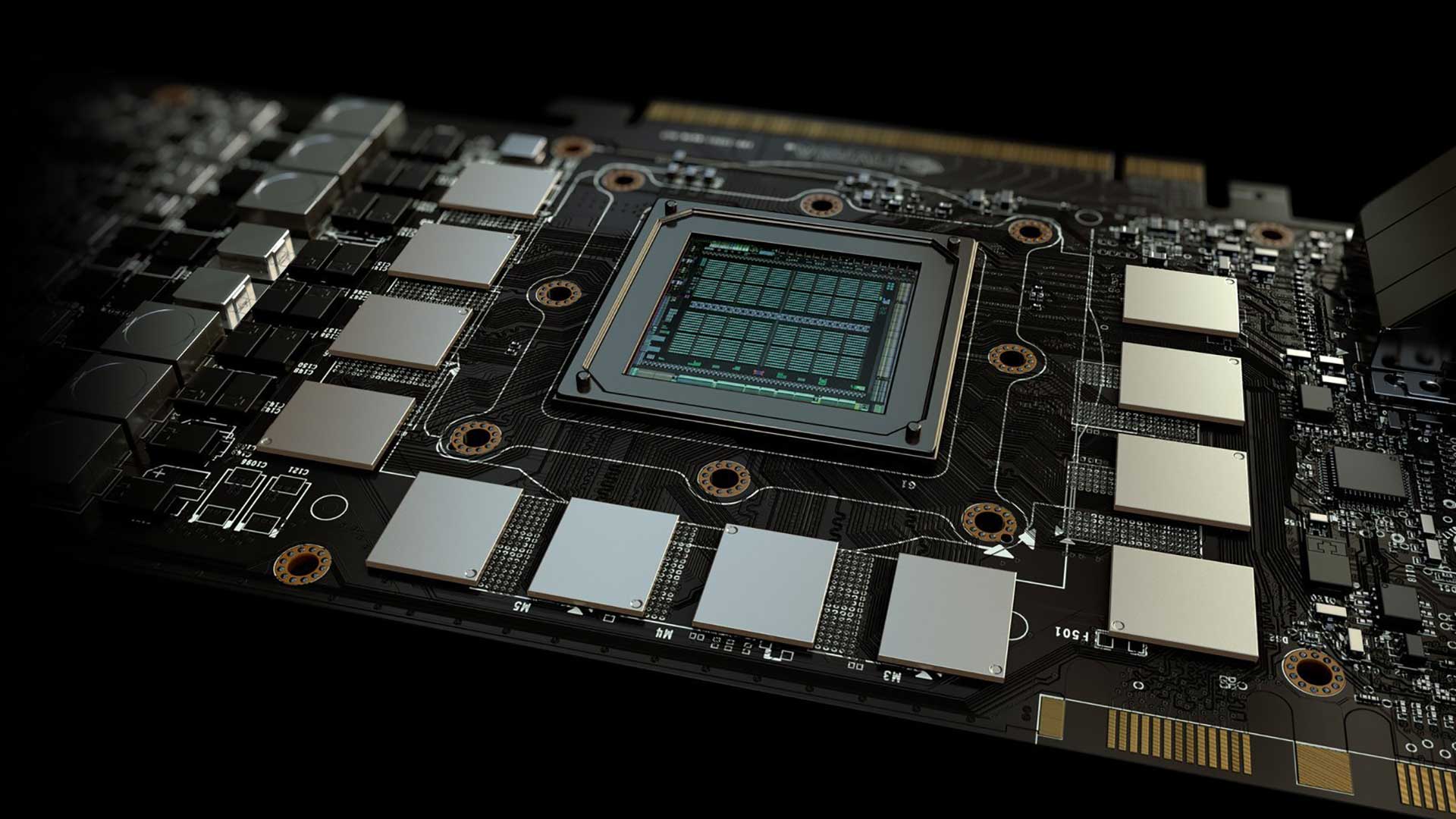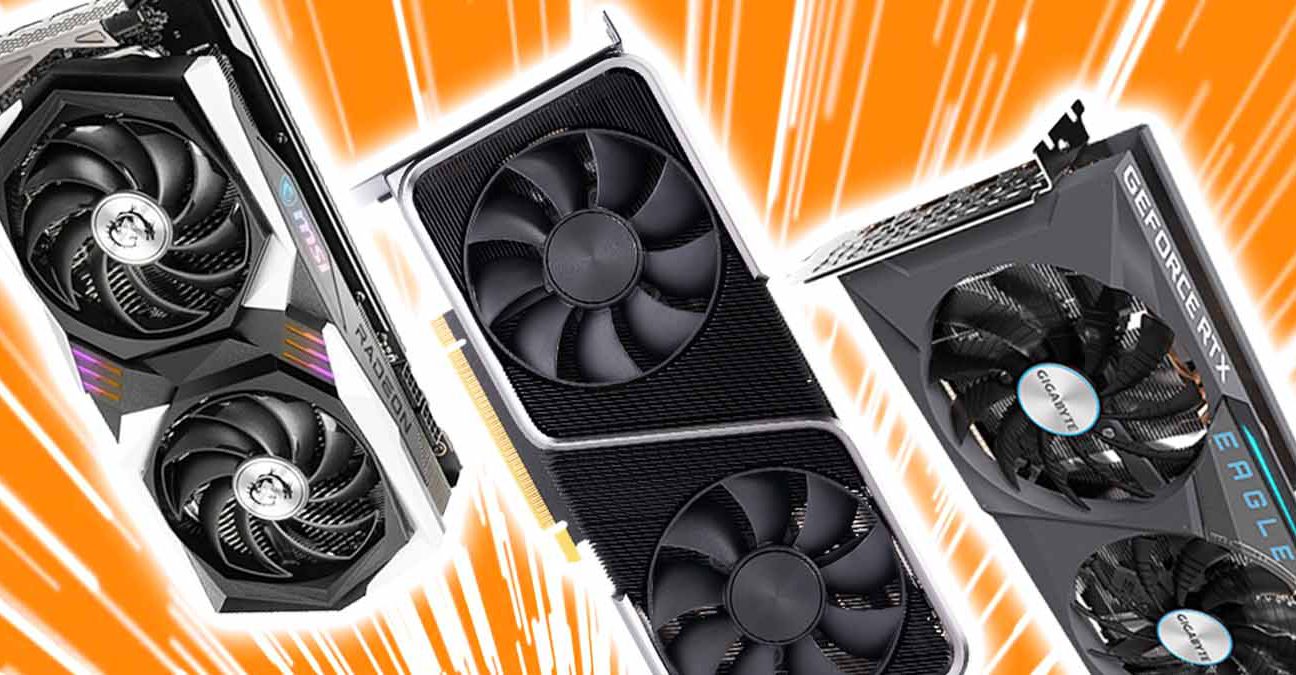Introduction
When it comes to choosing a graphics card, the options can be overwhelming. With so many models on the market, it’s important to know what factors to consider in order to make an informed decision. Whether you’re a gamer looking to upgrade your gaming rig or a professional in need of reliable graphic performance, understanding the ins and outs of graphics cards is essential.
In this article, we will delve into the world of graphics cards and explore the key factors that you should consider when making a purchase. From compatibility with your system to performance specifications and your budget, we will guide you in making a confident decision.
So, whether you’re a seasoned tech enthusiast or a newbie exploring the realm of graphics cards for the first time, read on to discover everything you need to know about how to choose the right graphics card for your needs.
Please note that the information provided in this article is aimed at helping you make an informed decision when it comes to purchasing a graphics card. Prices, models, and availability may vary, so it’s always a good idea to do your own research and consult with a knowledgeable professional before making a final decision.
Understanding Graphics Cards
Graphics cards, also known as video cards or GPUs (Graphics Processing Units), are essential components of modern computers that are responsible for rendering images, videos, and animations on your screen. They are especially important for tasks that require graphically intensive calculations, such as gaming, video editing, and 3D rendering.
Graphics cards achieve their processing power by utilizing specialized chips and memory specifically designed for graphics-related tasks. These components work together to handle complex calculations and render images at high speeds, ensuring smooth and realistic visuals.
One of the key components of a graphics card is the GPU, which is responsible for executing the calculations required for rendering images. The GPU’s performance is measured by its clock speed, which determines how many calculations it can perform per second. Higher clock speeds typically result in better performance.
Another important factor to consider is the amount of VRAM (Video Random Access Memory) on the graphics card. VRAM is dedicated memory that stores data related to the images being rendered. The more VRAM a graphics card has, the more data it can process and the higher quality of graphics it can handle.
It’s also crucial to consider the interface of the graphics card, which determines how it connects to your computer. The most common interface for graphics cards is PCIe (Peripheral Component Interconnect Express), though older models may use AGP (Accelerated Graphics Port) or PCI (Peripheral Component Interconnect).
Overall, understanding the inner workings of graphics cards is important to make an informed decision when buying one. By considering factors such as the GPU, VRAM, and interface, you can select a graphics card that best suits your needs.
Factors to Consider When Buying a Graphics Card
Choosing the right graphics card for your needs can be a daunting task, but considering certain factors can help simplify the decision-making process. Here are the key factors to consider when buying a graphics card:
- Compatibility with Your System: Before purchasing a graphics card, it’s crucial to ensure it is compatible with your system. Check the slot type on your motherboard, such as PCIe x16, to ensure it matches the interface of the graphics card you are considering. Additionally, check the power supply requirements to ensure your system can supply enough power to the card.
- Gaming or Professional Use: Determine whether you primarily plan to use the graphics card for gaming or professional purposes. Gaming-focused cards are optimized for high-quality visuals and real-time rendering, while professional cards are designed for tasks like video editing, 3D modeling, and CAD software. Choose a card based on your specific needs.
- Performance and Specifications: Look for graphics cards with higher clock speeds and more CUDA cores (in the case of NVIDIA) or stream processors (in the case of AMD) for better performance. Consider the amount of VRAM, as more is beneficial for tasks such as gaming at higher resolutions or working with large, complex visual projects.
- Budget: Set a budget for your graphics card and research options within that range. Remember that graphics card prices can vary significantly, so it’s essential to find a balance between your budget and the performance you need. Consider future-proofing your purchase by opting for a card that can handle upcoming games and software updates.
- Cooling and Noise: Pay attention to the cooling system employed by the graphics card. Look for cards with efficient cooling solutions, such as multiple fans or liquid cooling, to keep the temperature low and prevent overheating. Additionally, consider the noise level produced by the card, as some high-performance models may generate more noise than others.
By considering these factors, you can make an informed decision when buying a graphics card that meets your system’s requirements and delivers the performance you desire.
Compatibility with Your System
Compatibility is one of the most critical factors to consider when choosing a graphics card. Ensuring that the card is compatible with your system is essential for optimal performance and a smooth installation process. Here are some key aspects to consider:
- Interface: The first thing to check is the interface of the graphics card. Most modern graphics cards use the PCIe (Peripheral Component Interconnect Express) interface. However, it’s crucial to verify the specific version and slot type supported by your motherboard. The most common PCIe slot for graphics cards is PCIe x16, but there are also smaller versions such as PCIe x1 or PCIe x4 that may not offer the same performance capabilities.
- Power Supply: Graphics cards consume varying amounts of power, so it’s essential to make sure your power supply unit (PSU) can handle the requirements of your chosen card. Check the power consumption specifications of both the card and your PSU. Ensure that your PSU has the required power connectors, such as 6-pin or 8-pin PCIe connectors, for the graphics card.
- Physical Space: Take into account the physical dimensions of the graphics card and your system’s available space. Some high-performance graphics cards can be quite large, occupying multiple expansion slots. Measure the available space inside your computer case to ensure the card will fit without obstructing other components or cables.
- Operating System: Ensure that the graphics card is compatible with your operating system. Most modern graphics cards support Windows, macOS, and various Linux distributions. However, it’s always a good idea to check the card’s documentation or the manufacturer’s website for specific operating system compatibility information.
It’s also important to note that different graphics card models may have specific compatibility requirements or recommendations. Check the manufacturer’s website for any additional compatibility information or recommended system specifications for optimal performance.
Taking the time to verify compatibility ensures a hassle-free installation and eliminates potential issues such as driver conflicts or system instability. If you’re unsure about compatibility, consider consulting with an expert or reaching out to the manufacturer’s support team for assistance.
Gaming or Professional Use
When choosing a graphics card, it’s crucial to consider whether you’ll be using it primarily for gaming or professional purposes. Different types of activities require different features and specifications, so identifying your main use case will help you make an informed decision. Let’s explore the considerations for both gaming and professional use:
- Gaming: If gaming is your primary focus, look for graphics cards optimized for gaming performance. These cards are designed to handle the high demands of modern games, delivering smooth and immersive gameplay. Look for models with high clock speeds, a generous amount of VRAM, and support for advanced features such as real-time ray tracing and variable rate shading. Additionally, consider factors such as compatibility with gaming APIs like DirectX or Vulkan, as well as driver support and optimization for popular gaming titles.
- Professional Use: Professionals working in creative fields such as video editing, 3D modeling, or CAD software require graphics cards tailored to their specific needs. These specialized cards, often labeled as workstation or professional-grade GPUs, are optimized for tasks that demand high computational power and accuracy. They come equipped with features like ECC (Error-Correcting Code) memory, increased VRAM, and specialized drivers for professional software applications. Workstation cards are ideal for professionals who rely on stability, precision, and high-performance computing capabilities for their work.
It’s important to note that while gaming cards can handle some professional workloads, they may lack the optimizations and reliability found in professional-grade graphics cards. On the other hand, professional cards may not offer the same gaming-focused features and optimizations as gaming-oriented cards. Consider your primary use case and prioritize features accordingly.
Remember to also consider your budget. Professional-grade graphics cards tend to be more expensive than gaming cards due to their advanced features and optimizations. If your budget allows, investing in a dedicated professional-grade GPU can significantly improve your workflow efficiency and productivity.
Ultimately, understanding your specific needs and objectives will guide your decision-making process. Whether you’re a gamer seeking top-notch gaming performance or a professional in need of a graphics card for demanding workloads, choosing the right card for your intended use will ensure the best possible experience.
Performance and Specifications
When it comes to graphics cards, performance and specifications play a vital role in determining the capabilities and quality of visuals you can expect. Understanding these factors will help you choose a card that meets your requirements. Here are key aspects to consider:
- GPU Performance: The performance of a graphics card relies heavily on its GPU (Graphics Processing Unit). Look for a GPU with higher clock speeds, as this indicates faster processing capabilities. Additionally, consider the number of GPU cores or stream processors, as a higher count allows for more calculations to be performed simultaneously, resulting in improved performance.
- VRAM: Video Random Access Memory (VRAM) is dedicated memory on the graphics card that holds textures, frame buffers, and other data required for rendering images. More VRAM allows for better performance at higher resolutions and enables smoother gameplay in graphically-demanding games. Aim for a graphics card with at least 4GB of VRAM, but consider increasing this amount for ultra-high-resolution gaming or professional applications.
- Memory Type: Consider the memory type used by the graphics card. GDDR6 (Graphics Double Data Rate) is the current standard and offers faster memory speeds compared to previous generations. However, some lower-end models may still use GDDR5, which may impact performance slightly. Higher memory bandwidth allows for faster data transfer between the GPU and VRAM, resulting in improved performance.
- API and Driver Support: Ensure that the graphics card you choose supports the latest APIs (Application Programming Interfaces) such as DirectX and OpenGL. These APIs dictate how the GPU interacts with software, affecting performance and compatibility. It’s also essential to have up-to-date drivers from the graphics card manufacturer, as driver updates often optimize performance and resolve compatibility issues.
- Cooling and Overclocking: Graphics cards generate heat during operation, and efficient cooling is crucial to prevent overheating and maintain optimal performance. Look for cooling solutions like multiple fans or liquid cooling setups. Additionally, consider if the card offers the option to overclock, allowing you to increase clock speeds for additional performance. However, note that overclocking may require additional cooling and could void the warranty.
It’s important to balance performance and budget. While high-end graphics cards offer top-of-the-line performance, they may be overkill for casual gamers or users with specific budget constraints. Consider your needs, anticipated workloads, and the types of games or applications you’ll be using to determine the level of performance required.
Research and compare various models, read reviews, and check benchmark tests to gain a better understanding of a graphics card’s performance before making a final decision. By carefully evaluating performance and specifications, you can select a graphics card that meets your needs and provides a smooth and enjoyable visual experience.
Budget
When purchasing a graphics card, establishing a budget is an essential step in the decision-making process. Graphics card prices can vary significantly depending on the brand, model, and performance level. Consider the following factors when determining your budget:
- Requirement Versus Affordability: It’s essential to strike a balance between your requirements and what you can comfortably afford. Determine the level of performance you need based on your gaming or professional activities. While top-of-the-line graphics cards offer the best performance, they often come with a higher price tag. Consider your budget constraints and prioritize the features and specifications that matter most to your specific use case.
- Future-Proofing: Consider your long-term goals and whether you want your graphics card to remain relevant for a reasonable duration. As technology advances rapidly, future-proofing your purchase can save you from having to upgrade too soon. Purchasing a graphics card with ample VRAM, high clock speeds, and support for the latest features can help ensure it remains capable of handling upcoming games and software updates for a longer period.
- Trade-offs: As with any purchase, you may need to make trade-offs based on your budget. You might need to compromise on certain features or specifications to fit within your allocated budget. Prioritize the aspects that have the most significant impact on your specific usage and consider models from different price tiers to find a balance between performance and cost.
- Consider Used or Previous Generation Models: If your budget is limited, consider purchasing a used graphics card or exploring previous generation models. While they may not offer the latest features or top-of-the-line performance, they can still provide a considerable boost in performance compared to older integrated graphics or entry-level cards. Just ensure that you purchase from a reputable seller and thoroughly research the card’s condition and compatibility.
It’s important to note that prices for graphics cards fluctuate over time due to factors like market demand and new releases. Keep an eye out for seasonal sales, discounts, or special promotions that may help you find a graphics card within your budget.
Lastly, be wary of counterfeit or low-quality graphics cards that may be available at extremely low prices. Stick to reputable brands and authorized sellers to ensure you are getting a genuine product that performs as advertised and is backed by a warranty.
By considering your budget and weighing your priorities, you can find a graphics card that offers the best possible performance and value for your specific needs.
Tips for Choosing the Right Graphics Card
Choosing the right graphics card can be a challenging task, but these tips will help simplify the process and ensure you make the best decision:
- Research and Compare: Take the time to research and compare different graphics card models. Read reviews, watch benchmark videos, and consider the opinions of experts and other users. Gather as much information as possible to make an informed decision.
- Consider your Specific Needs: Identify your specific needs and use cases. Determine whether you prioritize gaming performance, professional workloads, or a balance between the two. Understanding your requirements will help you choose a card that suits your needs best.
- Set a Budget: Determine your budget range and explore options within that range. Consider the performance you need versus what you can comfortably afford. Remember to consider the trade-offs between performance and cost.
- Check Compatibility: Ensure compatibility with your system by verifying the interface, power supply requirements, physical space, and operating system. This will avoid installation issues and ensure optimal performance.
- Consider Future-Proofing: If possible, opt for a graphics card that offers some level of future-proofing. Look for features like ample VRAM, support for the latest technologies, and high-performance specifications to ensure your card will remain relevant for a reasonable period.
- Brand Reputation: Consider purchasing from reputable brands known for their quality and customer support. Reliable brands often provide better warranty coverage, driver updates, and overall customer satisfaction.
- Read Customer Reviews: Take the time to read customer reviews and feedback to get insights into real-world experiences with the graphics card you’re considering. This can provide valuable information about potential issues or drawbacks that might not be apparent from the manufacturer’s specifications.
- Consider Cooling Options: Evaluate the cooling solution of the graphics card, especially if you plan to use it for extended gaming sessions or demanding workloads. Look for cards with efficient cooling systems and good thermal management to ensure long-term reliability.
Remember, choosing the right graphics card involves finding the right balance between performance, budget, and your specific needs and use cases. By following these tips and taking the time to research and compare your options, you’ll be well-equipped to make an informed decision and find a graphics card that enhances your computing experience.
Conclusion
Choosing the right graphics card is an important decision that can significantly impact your gaming experience or professional work. By considering factors such as compatibility, performance, budget, and your specific needs, you can make an informed decision that meets your requirements.
Understanding the technical aspects of graphics cards, such as the GPU, VRAM, and interface, is crucial for selecting a card that will provide optimal performance and compatibility with your system. Whether you’re a gamer seeking high frame rates and stunning visuals or a professional in need of powerful rendering capabilities, considering your specific use case will guide you towards the right graphics card.
Additionally, setting a budget that aligns with your requirements and prioritizing features that have the most significant impact on your use case will ensure that you find the best value for your money. Considering factors like future-proofing, cooling options, and brand reputation will also contribute to making a well-rounded decision.
Remember to conduct thorough research, read customer reviews, and compare different models to gather as much information as possible. This will enable you to make a well-informed decision based on real-world performance and user experiences.
Lastly, stay updated on the latest advancements in graphics card technology to ensure you’re choosing a card that will remain relevant for a reasonable period. Technology evolves rapidly, and future-proofing your purchase can save you from needing to upgrade too soon.
By following these tips and guidelines, you’ll be on your way to selecting a graphics card that delivers the performance, compatibility, and value you desire. Choose wisely, and enjoy the enhanced visuals and smooth computing experience that a capable graphics card brings.







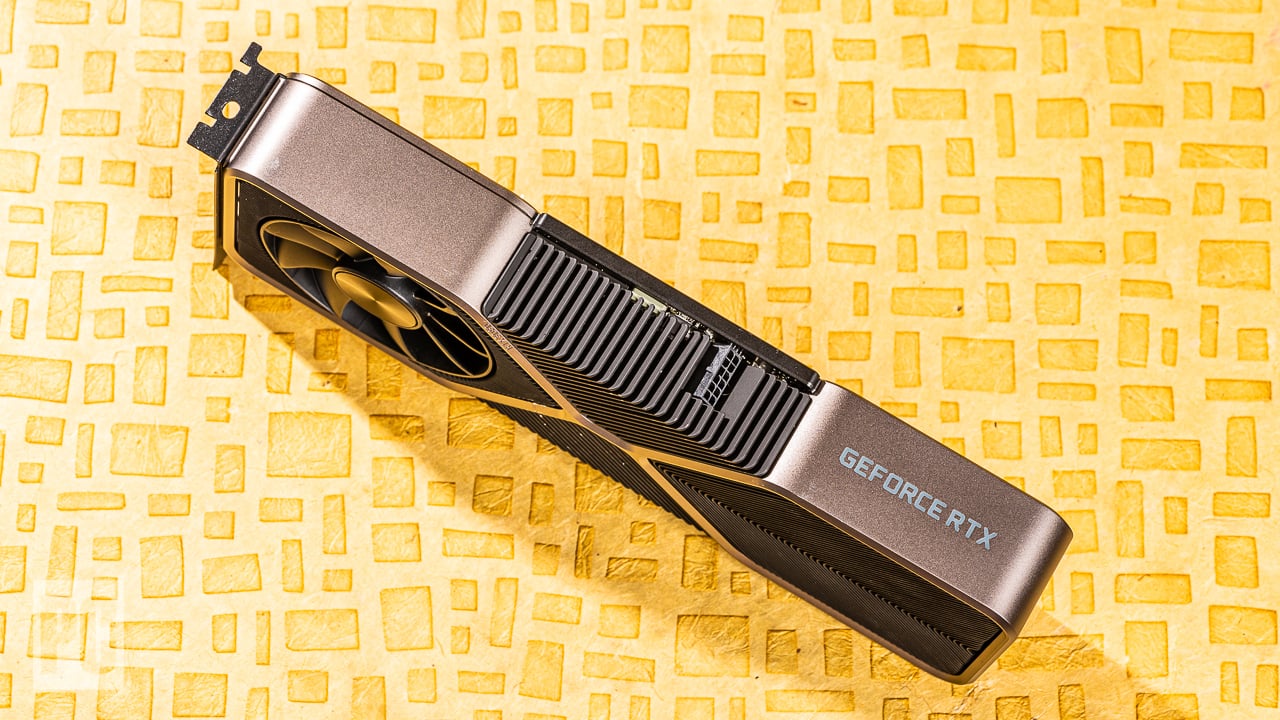

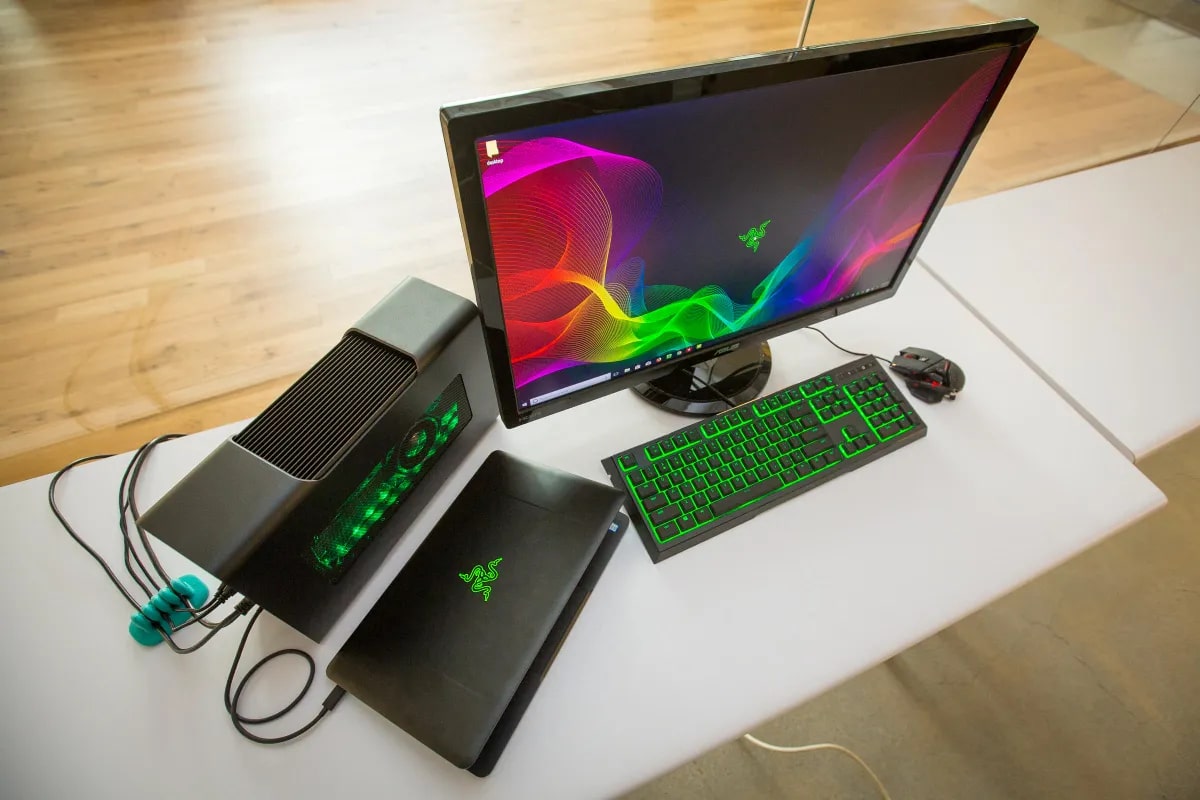
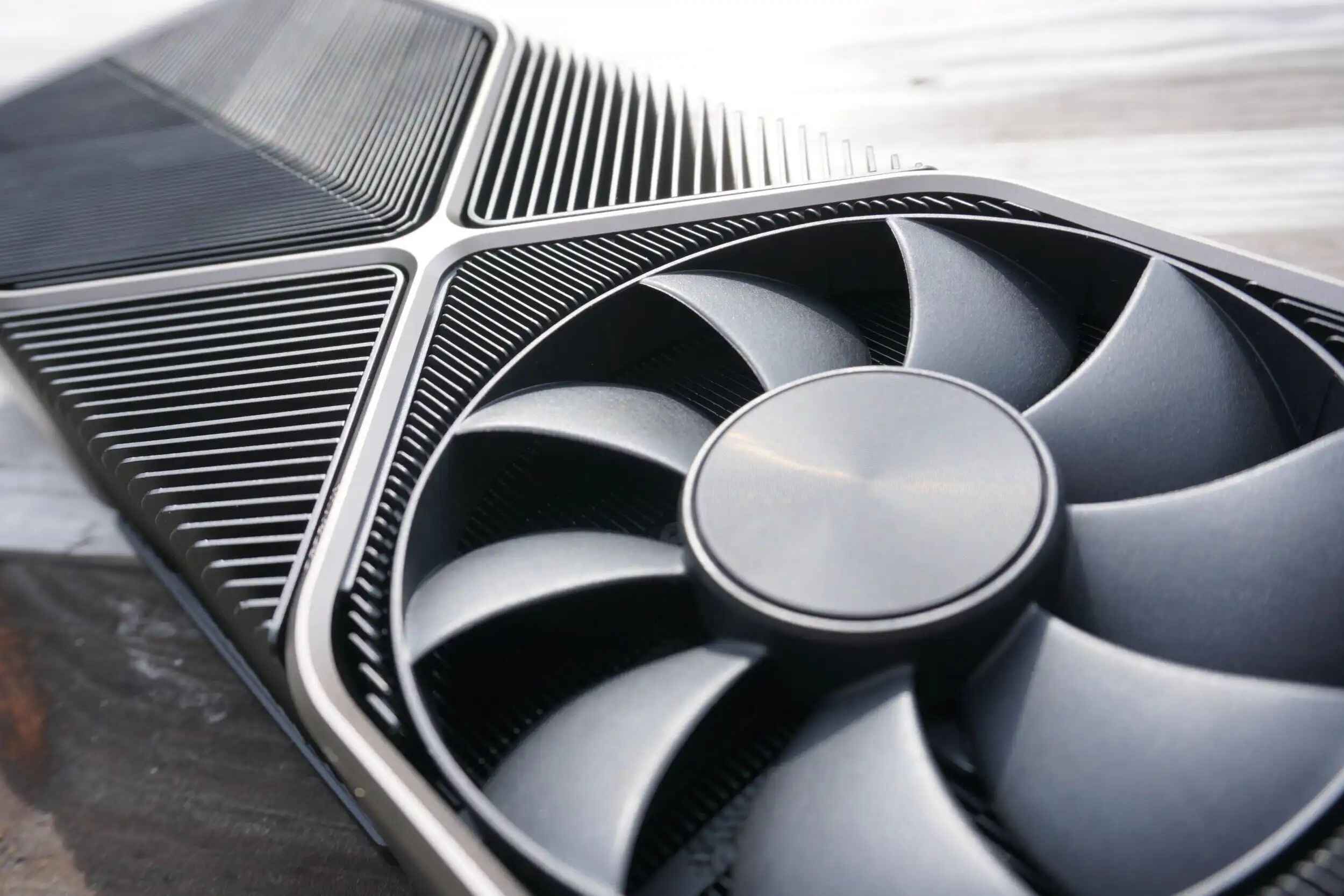
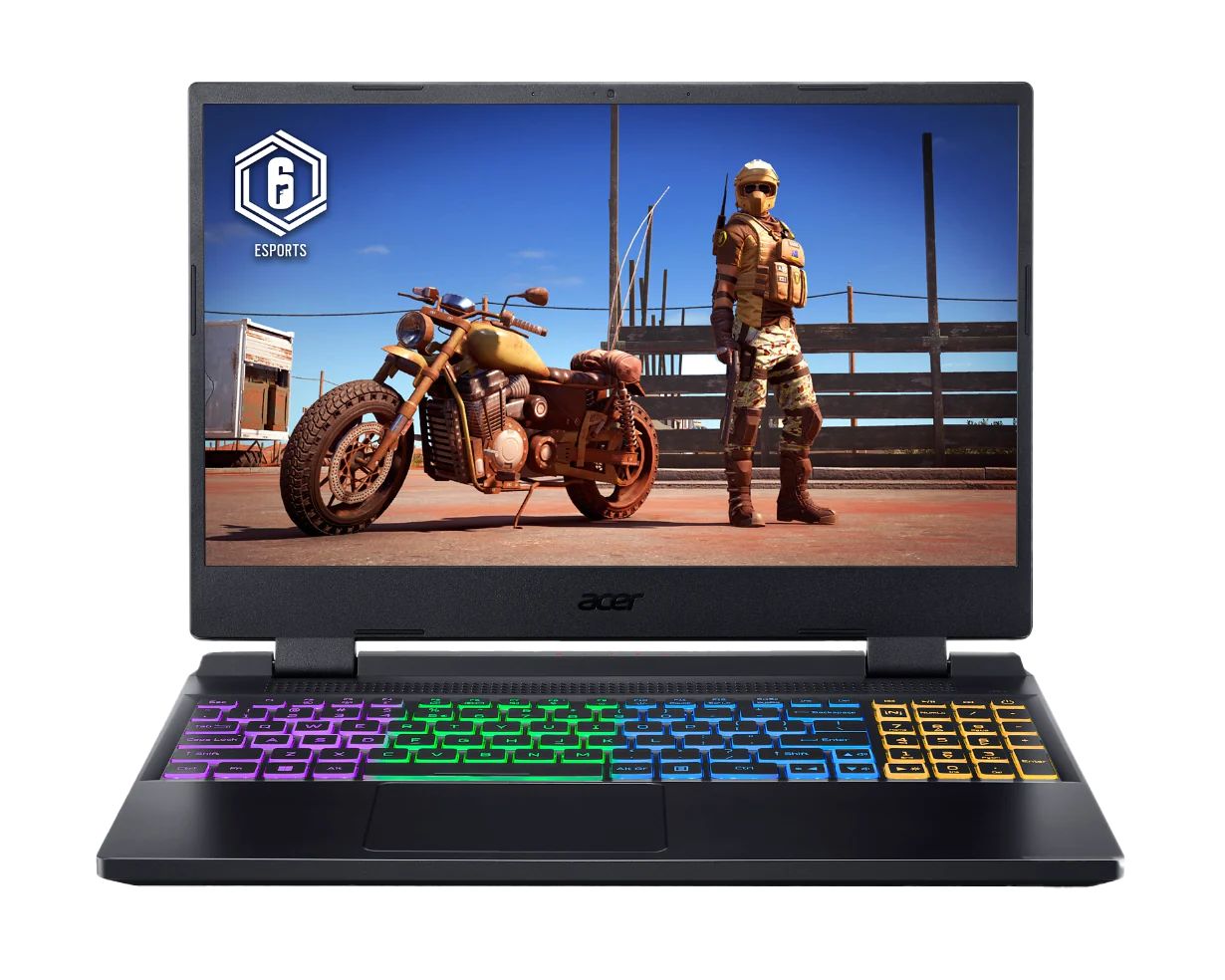
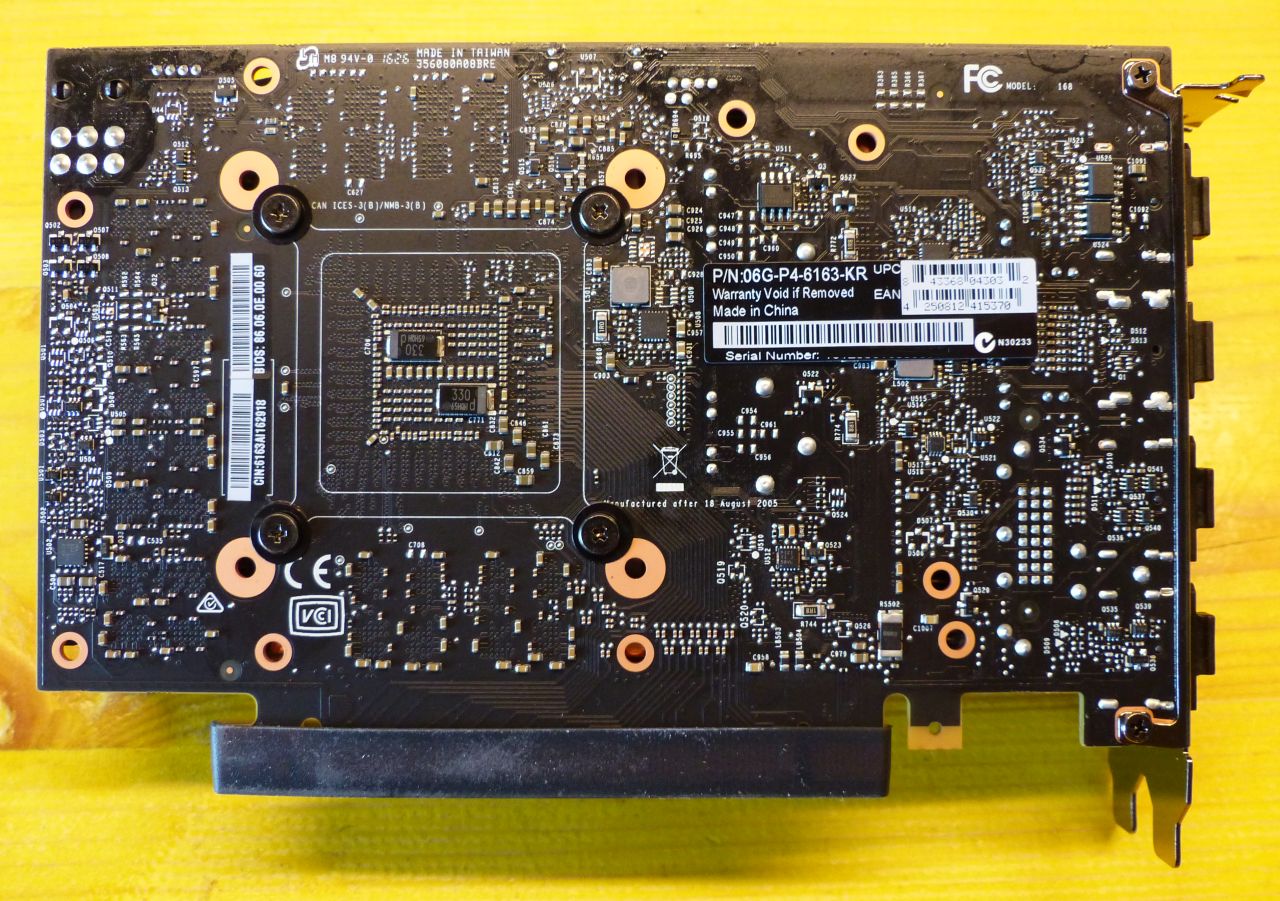
![Setting Up Dual Monitors With Your Laptop [Easy Guide]](https://robots.net/wp-content/uploads/2022/07/workstation-405768_1920-300x202.jpg)
